Tackling Safely and perfecting tackle technique.
Start bt splitting the group up into 3s
all players on knees with tackler in middle. tackler to concentrate on tackle technique. when this is perfected move on the progression chart.
Individual Tackle Technique
. Sight correct contact area _ eye to thigh
. Adopt low, strong body position to ensure correct tackle height _ must be below waist
. Select correct shoulder to tackle with to ensure head is protected _ keep head close to opposition backside _ cheek to cheek (head should never be placed in front of attacker)
. Make tight contact with shoulder on thigh _ boulder shoulder
. Clamp arms round opposition legs _ Ring of steel
. Dynamic small steps _ leg drive _ until player successfully brought to ground
. Ensure tackle is completed _ ie attacker is brought to ground
. Work hard to get back to feet and back into the game.
An example of the tackle progression for the side-on tackle is as follows:
.Ball carrier kneel _ tackler kneel (only for side-on tackle to demonstrate head position)
. Ball carrier stand _ tackler kneel (encourage leg drive)
. Ball carrier walk _ tackler on one knee
. Ball carrier stand _ tackler squat . Ball carrier walk _ tackler squat
. Ball carrier walk _ tackler walk
. Ball carrier run _ tackler run.
Avoid gender, size, age and experience mismatches when introducing and developing skills. Ensure players practise in sufficient space to avoid accidental collisions with unseen players.
Key points for players in every tackle situation. Tackler _ contact with opponent(s)
1. Track the movement of the ball carrier and get the feet close enough to make the tackle.
2. Prepare for contact _ adopt a body position that is strong, stable and low.
3. Keeping the eyes open, position the head behind or to one side of the ball carrier _ never position the head in front of the ball carrier.
4. Release the tackled player, get back to your feet immediately and contest for possession.
Ball carrier _ contact with ground
1. Carry the ball in both hands.
2. Protect the ball _ hold it tight to your chest with elbows in to your sides.
3. Make contact with the ground with the buttocks and then shoulder.
4. Don’t break your fall with your hand or the ball.
5. Turn towards your team and pass, place or present the ball.
6. Get back to your feet as soon as possible.
7. For specific key points, see the individual tackle types below.
Poorly executed tackles tend to be the result of poor positioning by the tackler rather than poor tackle technique.
Correct positioning can and should be practised. It involves the tackler closing down the ball carrier’s space and then establishing balance and stability before stepping in close with the lead foot to allow shoulder and arm contact, which should then allow leg drive in the tackle. Use the key points to improve the players’ tackle skills in a safe manner. Focus on one or two key points at a time _ don’t try to coach too many key factors at once. Observe and analyse players to highlight good practice and correct faults. Provide positive and constructive feedback to improve players. Construct coaching sessions to encourage progressive development and build confidence. An example of the tackle progression for the side-on tackle is as follows:
.Ball carrier kneel _ tackler kneel (only for side-on tackle to demonstrate head position)
. Ball carrier stand _ tackler kneel (encourage leg drive)
. Ball carrier walk _ tackler on one knee
. Ball carrier stand _ tackler squat . Ball carrier walk _ tackler squat
. Ball carrier walk _ tackler walk
. Ball carrier run _ tackler run.
Avoid gender, size, age and experience mismatches when introducing and developing skills. Ensure players practise in sufficient space to avoid accidental collisions with unseen players.
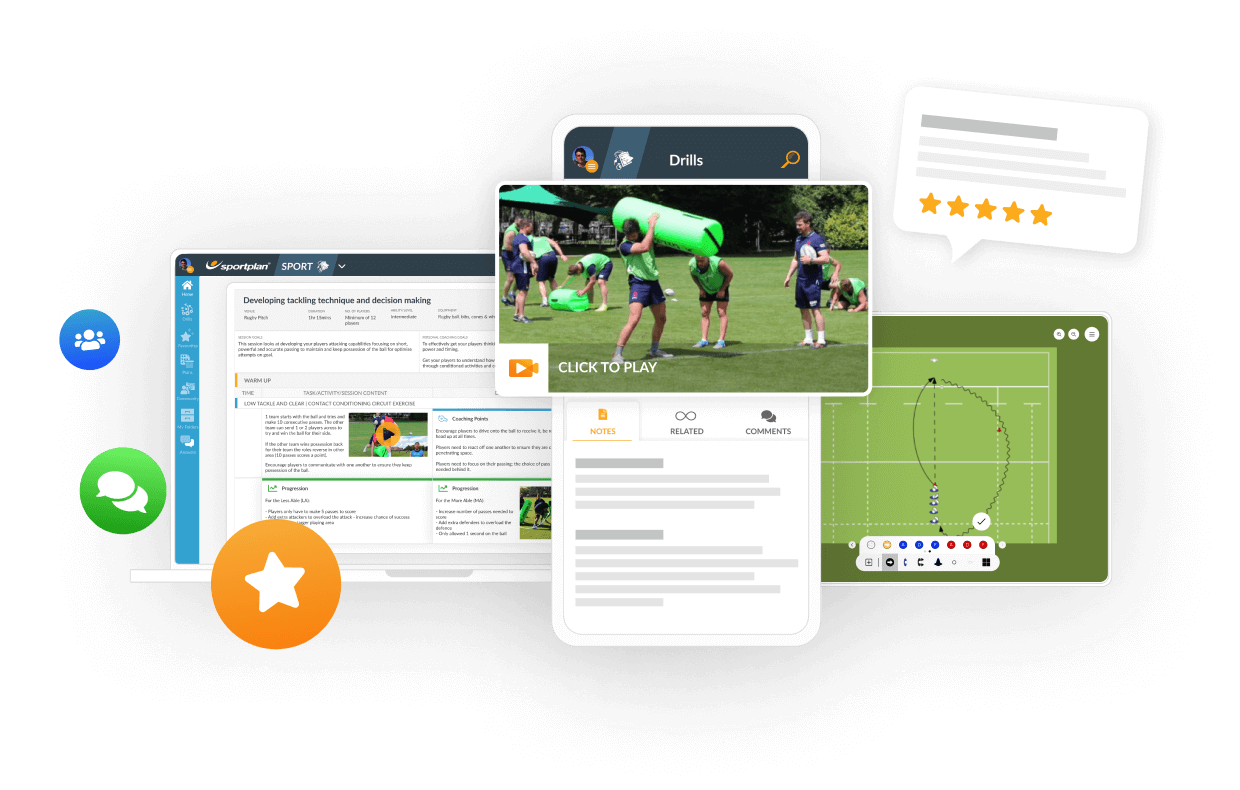
in more ways than one
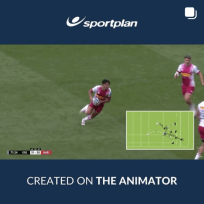
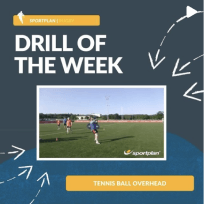
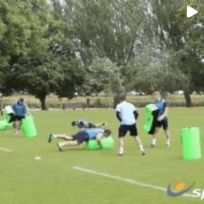

in more ways than one



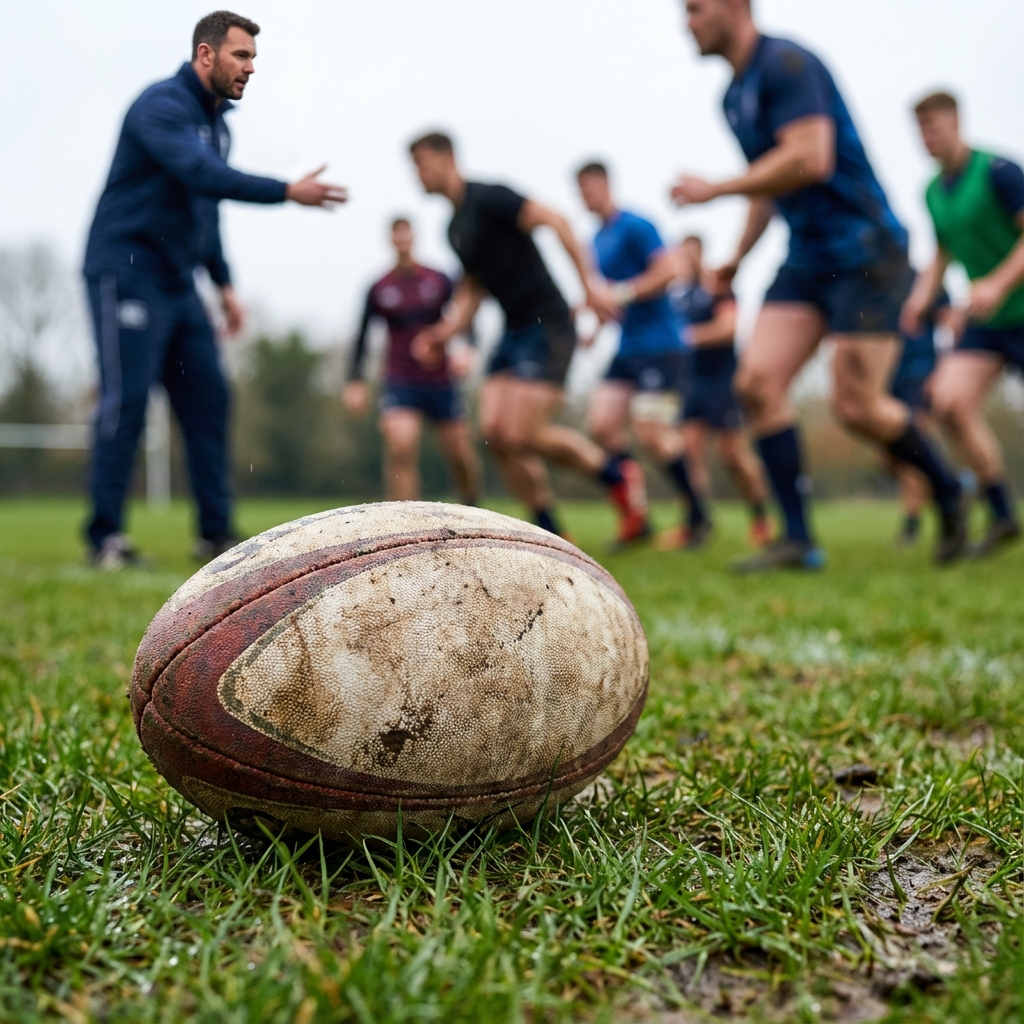
2026 brings revolutionary changes to international rugby: a brand new global tournament, historic tours, and law changes that will reshape the game. Here's everything coaches need to know.
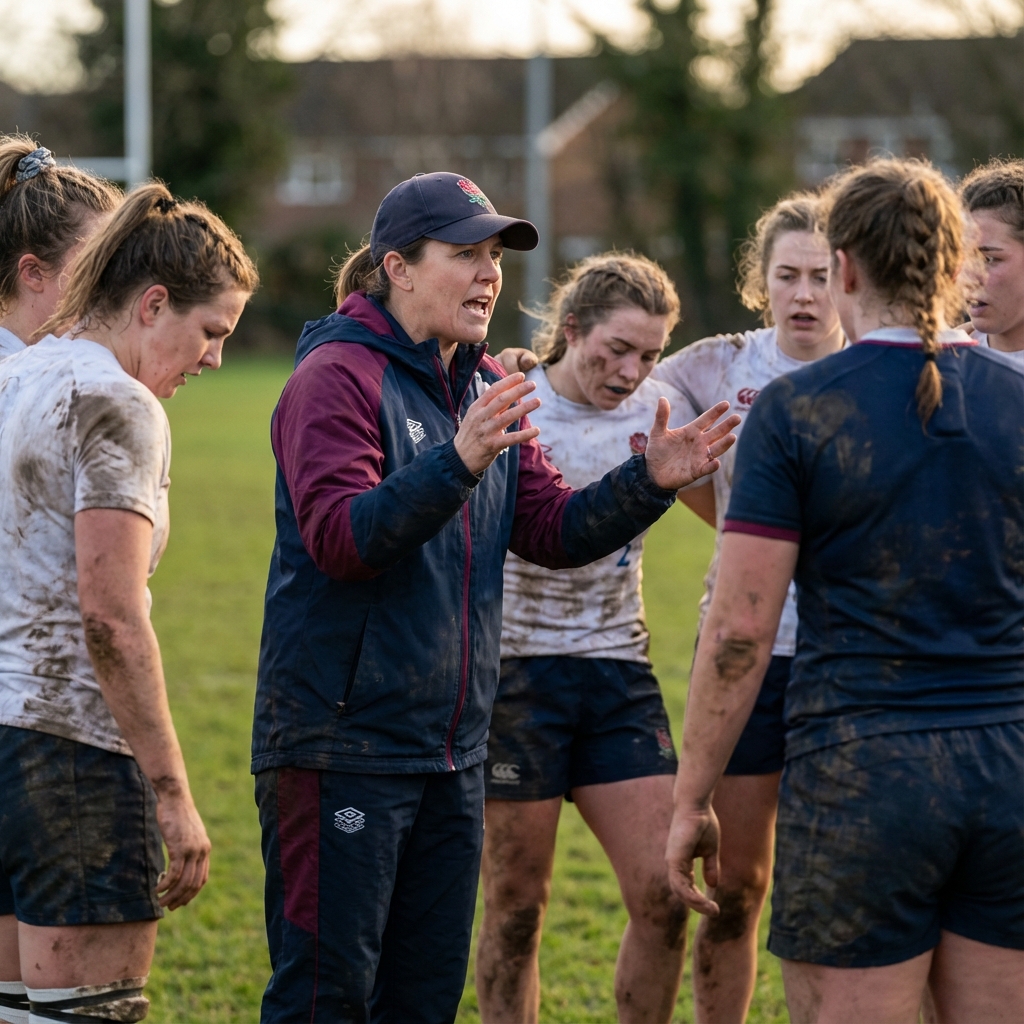
The 2025 Women's Rugby World Cup featured a record 32% female coaches - more than double 2021 figures. Here's what this growth means for the sport.
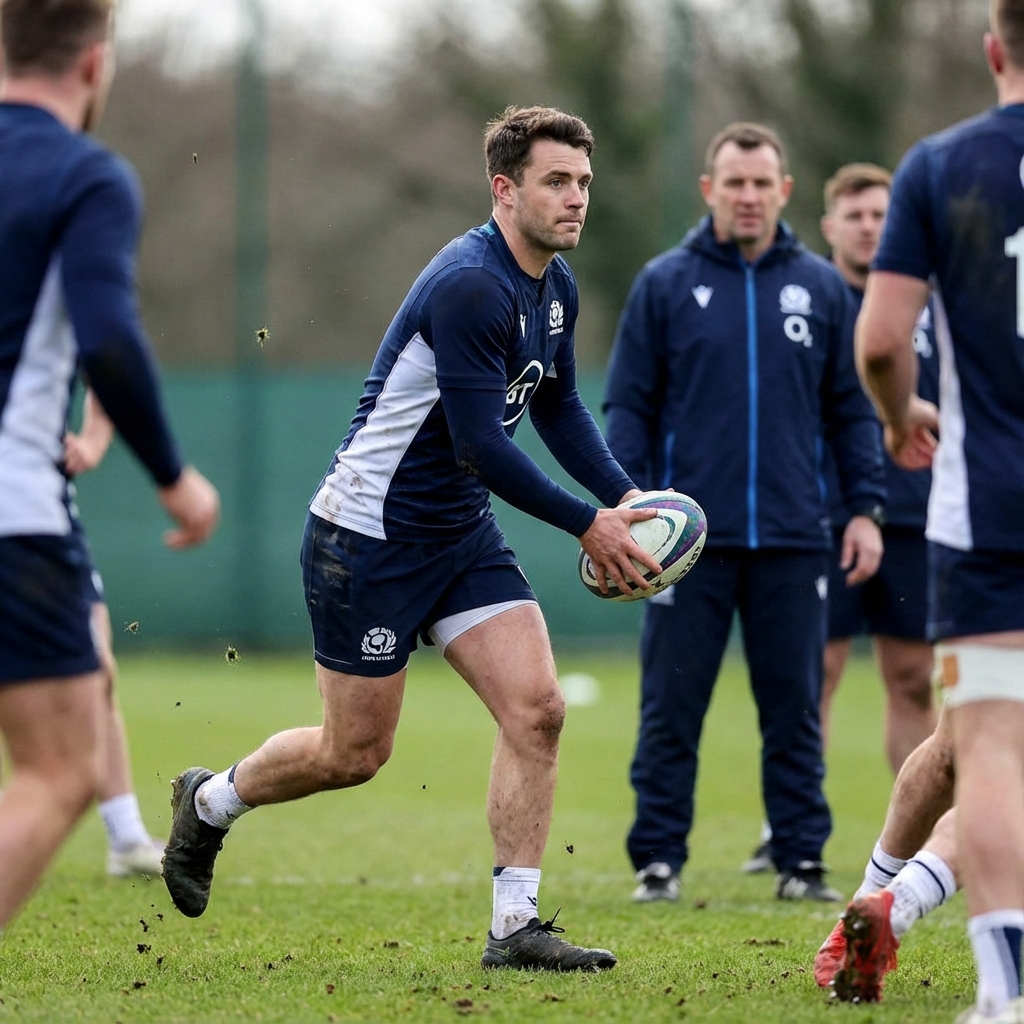
Matches are won by the team that makes better decisions under pressure. Learn how to develop game intelligence and manage critical moments.